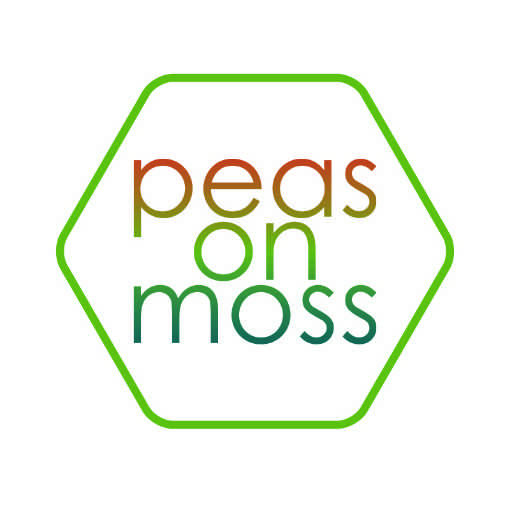Oftentimes, students discover that they cannot eat the same way as they used to, and they might gain considerable amounts of weight when they find themselves eating in cafeterias, grab-n-go shops, and restaurants more than they may have before. They also find that alcohol is more easily accessible, and they may find that alcohol packs some serious calories.
 |
| from Jim Hill Media |
If you walk through the grocery store aisles, you’ll notice that some food brands now carry special “nutrition” information on the front of their packages. They may show calorie information, nutrient content, or nutritional benefit of the food. It is important to note that this information has been available for the consumer to read on the nutrition facts panels for years; the consumer just has to turn the box to read the panel. I wonder if brands find that their sales increase simply by relabeling themselves as healthful.
How about you, consumer? Do you buy products more now because they’re labeled as more healthful, or do you make the same purchases as before? What would inspire you to buy a “healthful food” over a favorite product? Or would you simply add it to your cart and not replace a different item?

I am an obsessed nutrition label reader. I learned a long time ago that just because someone slapped a 'healthy' label on their product doesn't always mean it is. I think learning how to properly read a nutrition label should be taught in school so that as kids grow up they will be more informed.